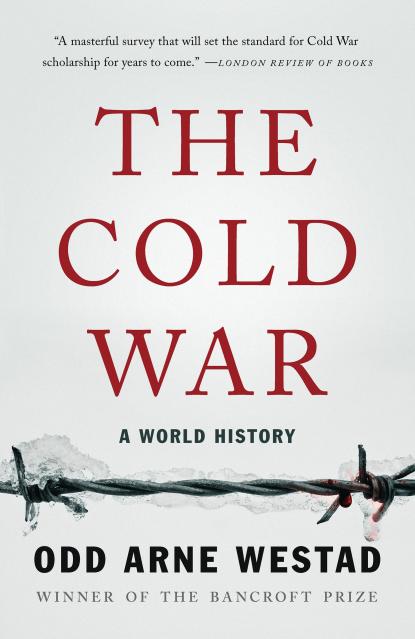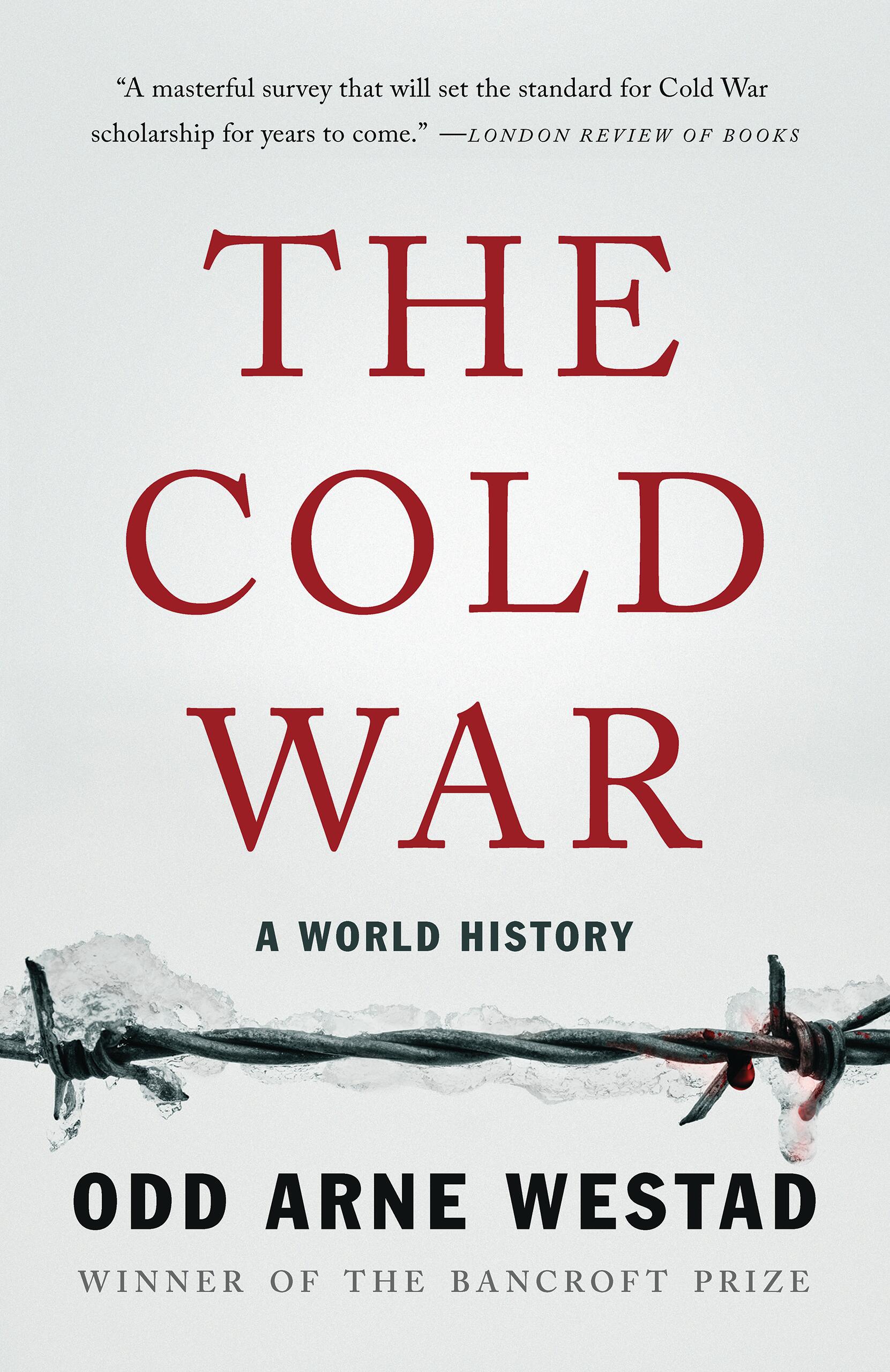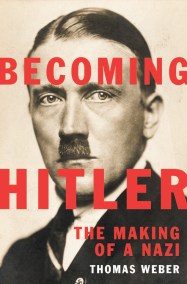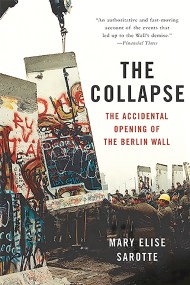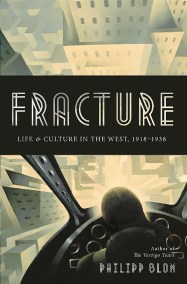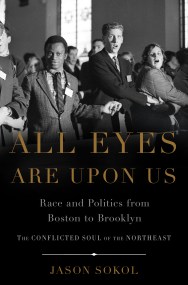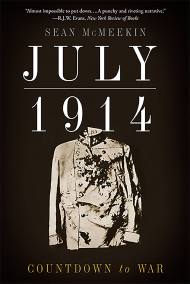Promotion
Use code BEST25 for 25% off storewide. Make sure to order by 11:59am, 12/12 for holiday delivery!
By clicking “Accept,” you agree to the use of cookies and similar technologies on your device as set forth in our Cookie Policy and our Privacy Policy. Please note that certain cookies are essential for this website to function properly and do not require user consent to be deployed.
The Cold War
A World History
Contributors
Formats and Prices
- On Sale
- Oct 15, 2019
- Page Count
- 720 pages
- Publisher
- Basic Books
- ISBN-13
- 9781541674097
Price
$24.99Price
$30.99 CADFormat
Format:
- Trade Paperback $24.99 $30.99 CAD
- ebook $16.99 $21.99 CAD
This item is a preorder. Your payment method will be charged immediately, and the product is expected to ship on or around October 15, 2019. This date is subject to change due to shipping delays beyond our control.
Buy from Other Retailers:
We think of the Cold War as a clash of two superpowers, the United States and the Soviet Union. But in The Cold War, award-winning historian Odd Arne Westad argues that the war must be understood as a global confrontation, with roots in the Industrial Revolution and ongoing repercussions around the world. The Cold War may have begun on the perimeters of Europe, but it had its deepest reverberations in Asia, Africa, and the Middle East. Stunning in its breadth and revelatory in its perspective, The Cold War expands our understanding of the Cold War both geographically and chronologically, and offers a new history of how today’s world was creased.
Genre:
-
"[An] epic account...One reason Mr. Westad's narrative is so strong is its use of fresh archival sources from across the globe...How Big Was the Cold War? is easy to answer: It was huge, as this book demonstrates, not only because of the perilous stakes but also because of the size of the two main actors. How Deep Was the Cold War? is also easy to answer, and Mr. Westad does that so very well, showing how it reached into so many places in the world that were a long way from the Berlin Wall."Wall Street Journal
-
"[A] big, serious, and thoroughly intelligent stud[y] of the cold war."New York Review of Books
-
"An account of the Cold War that is truly global in its scope... a wise and observant history... It also arrives at a moment when we must grasp the dynamics of the Cold War if we want to understand some of today's most urgent developments, from North Korea's acquisition of long-range nuclear missiles to the rise of socialist movements in Western democracies."New Republic
-
"Rich with details drawn from archival research and interviews with politicians, soldiers, scientists and others who lived through the cold war.... Westad, a specialist on China as well as on the cold war, adds a valuable dimension with chapters on Asian countries and Latin America.... [An] ambitious study, perspicacious and panoramic in scope."Financial Times, Best Books of 2017
-
"Today, western attempts to contain radical Islamism continue an us-and-them mentality. Angry Muslims decry the perceived depredations of US imperialism and the infidel free market; the threat posed by suicide bombers makes the old east-west rivalries look almost manageable by comparison. Westad's huge, single-volume history is the beginning of wisdom in these things."Guardian
-
"[A] riveting historical compendium."Independent
-
"A sweeping study.... In astute, thematic chapters, Bancroft Award-winning historian Westad offers an excellent sense of the ideological conflicts fulminating since the late 19th century that formed the crux of the Cold War.... This is an enormous story, and the author tackles it with admirable clarity and elegance.... A tremendous and timely history lesson for our age."Kirkus (starred review)
-
"The Cold War evinces a lifetime of research and thought on the subject. Compelling ideas and valuable insights appear frequently."National Interest
-
"In many ways, Westad has long argued, the Cold War made the world what it is today. His latest book is an eloquent and enjoyable defense of that proposition."Foreign Policy
-
"A clear and well-written summary of a global conflict... an impressive book."The Times
-
"Westad argues that the Cold War made the world what it is today. Reading this fine history, it's difficult to disagree with him. This is one of the best histories ever written on the Cold War."Omnivoracious
-
"This significant history is told with verve and spirit... An essential book for all collections and one of the best written so far on the Cold War."Library Journal
-
"[Westad] ably synthesizes contemporary scholarship to produce an accessible narrative that provides a fresh perspective on the conflict's pervasive global influence... an impressive feat that will be appreciated by scholars, students, and general readers."Publishers Weekly
-
"Westad balances the grim nature of his study with sometimes thrilling insights and constantly lively, almost conversational prose. Even in a book-market glutted with Russia-centered histories, this one stands out."Open Letters Monthly
-
"Rather than offering a straightforward historical overview, The Cold War delves much deeper, examining the philosophies underpinning the conflicting ideologies and the influence the systems had on their societies and economies. These complex ideas are written with great clarity and confidence, giving readers an exciting prose that only occasionally feels turgid through detail.... The book is a sobering opportunity to allow the recent history to give perspective to our own times and the dangerous ideas that persist."Entertainment Focus
-
"[A] fast-paced narrative peppered with delightful snippets from a broad range of sources... this volume should sit on the bookshelf of every home as a constant reminder of how stupidity, ignorance and arrogance almost brought the world to annihilation. With the personification of all three traits now squatting in the White House, this book has real and current value."South China Morning Post
-
"For generations, the Cold War was context, the inescapable setting of political life. This history sets the Cold War itself in context, within the greater landscape of world history, deeply understood, and masterfully presented. It is a powerful synthesis by one of our great historians."Timothy Snyder, author of On Tyranny
-
"Thanks to Arne Westad, we can no longer think of the Cold War as a two-player game. Westad gives us a new history of the rivalry between capitalism and communism, tracing its origins back to the 1890s and showing that it had a kind of afterlife beyond the 1990s. No one can match his ability to illuminate the linkages between the Washington-Moscow rivalry that was the Cold War's fissile core and the multiple "hot" wars that, on the periphery, constituted the Third World's War."Niall Ferguson, Hoover Institution, Stanford, and author of Kissinger, 1923-1968
-
"Arne Westad provides a powerful analysis of why the Cold War occurred, what it meant, and why it still matters. He is especially strong in elucidating the ideas of perfection that drove very imperfect, often brutal, leaders. Westad's book links the Cold War to globalization, recent wars in the Middle East, and American rivalries with Russia and China. This is a book that everyone interested in politics and foreign policy should read. It is a riveting story, told by one of the foremost world historians."Jeremi Suri, author of The Impossible Presidency
-
"Arne Westad has produced a grand narrative of the Cold War. Defining it as a struggle between capitalism and socialism as well as a bipolar international system, he brilliantly illustrates its ideological, geopolitical, technological, and economic dimensions. Westad, the world's foremost scholar of the Cold War, once again dazzles readers with the scope and depth of his analysis."Melvyn P. Leffler, Professor of American History, University of Virginia
Newsletter Signup
By clicking ‘Sign Up,’ I acknowledge that I have read and agree to Hachette Book Group’s Privacy Policy and Terms of Use
